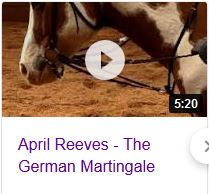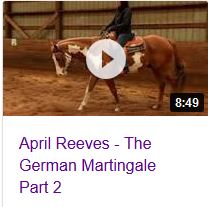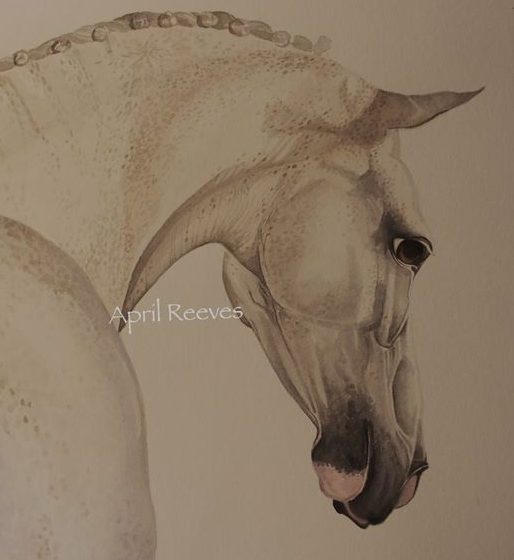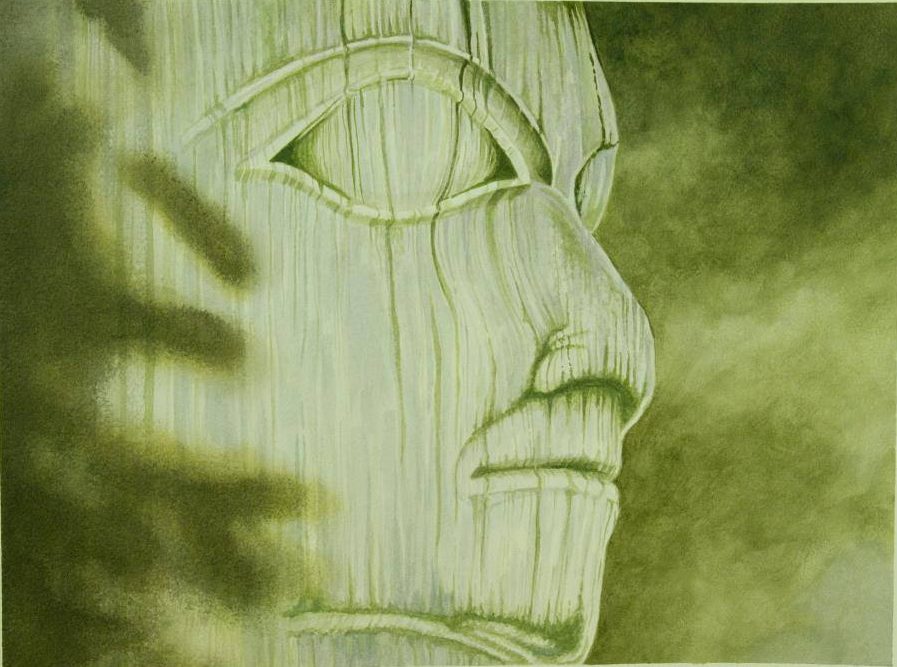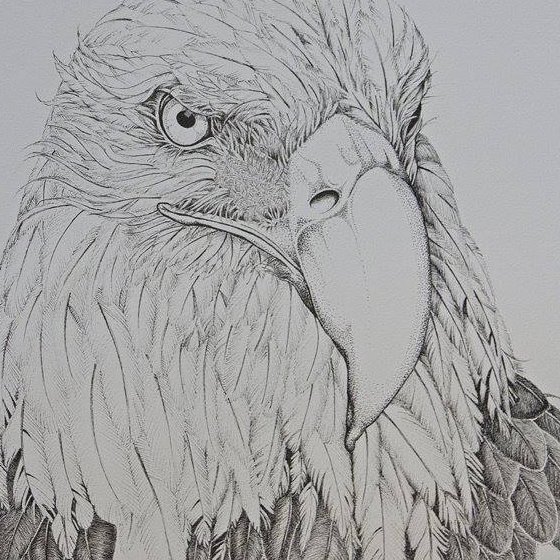Question: I have a four year old Morgan who was doing terrific in her training and then I hurt my back. I couldn’t ride, had her trainer working with her and an experienced rider exercising her. I had just started to get back to walking on her in early August when she started pinning her ears for everyone who got on her back and refusing to move forward. We had her saddles checked by a certified saddle fitter, had the vet come out and check her (she’s also a chiro/accupuncture expert) and we let her rest for over two weeks. I’ve stayed off her; only her trainer works with her but she still will sometimes put her ears back or kick out when she’s asked to move forward into trot. It’s now mid-October–what haven’t we thought of to solve this? She was doing so well all of last year and had moved into learning to canter before this started!
Answer from April Reeves: Hi SallyAnne. This is a common problem but not easily solved at this stage. There may be several things going on here to build this mare up to this point so I will go over them individually.

 You’ve probably heard lots of discussion about whether or not to work your dressage horse “deep.” There are a variety of opinions on the matter. Some riders warm up and cool down their horses “long and low” to stretch and loosen the muscles. Others always school in a balance and frame appropriate to the level at which they are working; they never stretch their horses. Many trainers school in a deep frame only during the movements when the horse habitually comes above the bit. Still others do all of their work “extremely deep” with the horse’s nose almost on his chest; they bring him up only when they are getting ready to compete.
You’ve probably heard lots of discussion about whether or not to work your dressage horse “deep.” There are a variety of opinions on the matter. Some riders warm up and cool down their horses “long and low” to stretch and loosen the muscles. Others always school in a balance and frame appropriate to the level at which they are working; they never stretch their horses. Many trainers school in a deep frame only during the movements when the horse habitually comes above the bit. Still others do all of their work “extremely deep” with the horse’s nose almost on his chest; they bring him up only when they are getting ready to compete.


 Question:
Question:



